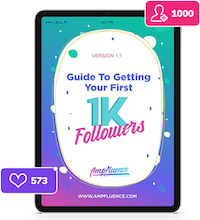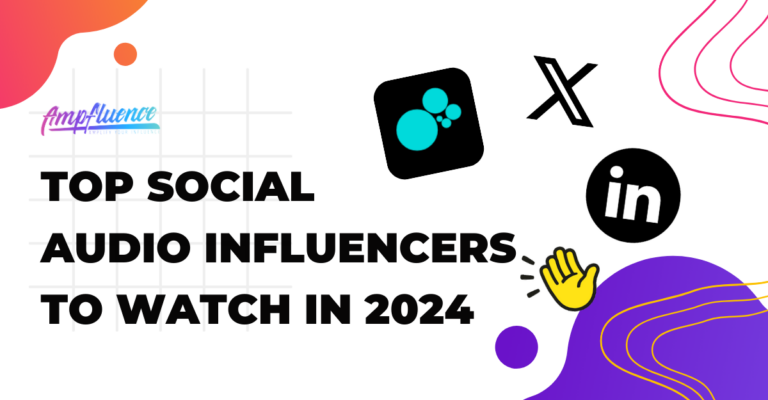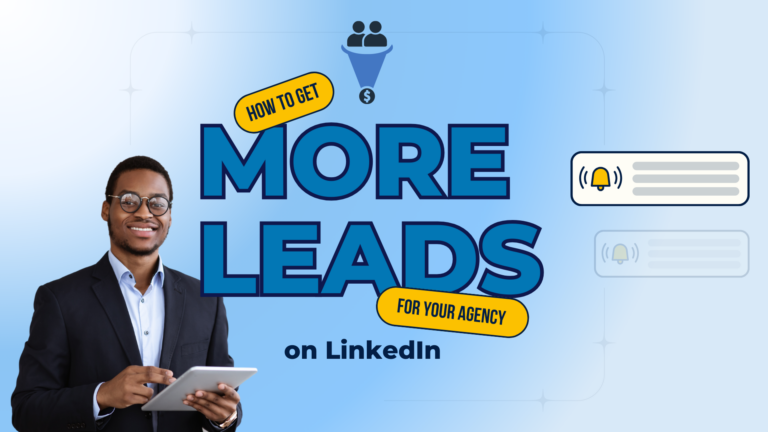As we all know by now, the creators of UGC are customers who have used the products and services and want to share their experiences with the public. UGC is then republished by brands on their channels to further promote their products. More than 86% of companies today use user-generated content as part of their marketing strategy. In this article, we will discuss the impact of user-generated content on social commerce and how it can be increased. Let’s go!
Why Does User-Generated Content Matter?
As a customer, you must have experienced this situation: You are considering two pairs of shoes. They seem equally good in terms of quality and prices, as advertised by the brands. One of them is just a little more expensive than the other.
Eventually, you pick the more expensive one because your cousin bought it last month, and she said that it’s super good. This is the same situation for 70% of consumers who trust peer recommendations (user-generated content) more than professionally written copy (branded content).
Being bombarded with tons of advertisements every day, consumers are now suspicious of what brands are saying about themselves. To stand out from the crowd, you need to take a different approach, and UGC is the solution.
Let’s discuss the three reasons why UGC needs to be the center of your marketing strategy.
First, UGC is authentic and trustworthy. Reviews, social media posts, videos, etc. are created by customers who tried your products, so what they are saying about the product quality is true. Apart from spammers, there is no reason for customers to bad-mouth your business if they are satisfied with what you offer. Therefore, you can rely on these UGC to promote your products to potential customers.
Second, UGC helps to “humanize” your brand. When the message is sent by brands, consumers feel that they are not talking to a “real” person. Especially in this digitized era, branded content is often delivered via email and online ads, which makes it less humanized than ever.
UGC, in contrast, comes from real people with genuine stories of their experience with the products. This helps other consumers easily relate to their needs or problems, and make better buying decisions.
Best Practices To Create User-Generated Content
Following are the best practices to maximize the advantages of user-generated content on social commerce.
Set Up Your Goals
Like any marketing campaign, having clear goals at the beginning helps you go in the right direction and maximize the benefits while minimizing costs and efforts. According to CoSchedule, marketers who set goals are 376% more successful. So before starting to publish any content, take a step back and think about what you want to achieve by leveraging UGC.
You will need to reexamine your existing business goals and marketing goals and make sure your UGC goals align with them. For example, you are a fashion online store, and one of your business goals is to gain more sales for the Summer collection. And one of your marketing goals is to increase the level of engagement via social media.
Then UGC is a perfect fit and you can set a lower-level goal for UGC such as gaining 1000 more followers via bi-weekly UGC social media posts within the next month.
Choose the Right Content and Channels
Distributing the right content on the right channels helps your content shine and reach more target audiences. Let’s say you are choosing some good customer reviews to run Facebook ads. If you are selling clothes or accessories, it would be better if the UGC you choose has some real photos of customers using the products.
This is because customers who are shopping for clothes care whether the style looks good and fits them. On the other hand, if you are selling books or online courses, you should pick a review that tells a detailed story. Because these products are abstract, choosing the content that describes the experience in written form is a better solution. And of course, the more detailed the story, the better.
The UGC you choose will then determine which channels you need to use for distribution. Social media like Facebook, Instagram, or Twitter are good channels for distributing any kind of UGC because 74% of consumers rely on social media to inform their purchasing decisions.
However, given the declining user attention span and increasingly crowded social media, you should prioritize content that is short, concise, and visual-oriented when promoting your brands on social media.
Longer content such as case studies or testimonials should be reserved for more direct and less distracting channels such as newsletters or your website.
Maintain the Genuineness and Authenticity
Genuineness and authenticity are the essences of UGC, so these characteristics need to be preserved in any content you distribute on your channels. UGC may not be as well-written as professional copywriting, and you may be tempted to rewrite the content to make it look good.
However, every UGC tells a real story, and this real story shouldn’t be distorted in any way. And this also means that sometimes, you need to accept some negative feedback from your customers. Although negative feedback is not good for your business, you shouldn’t ignore or hide them all from the public.
Some negative feedback provides constructive opinions that help you improve your products and lets potential customers judge your products from a different angle.
Sometimes, you can take this chance to reply to this negative feedback publicly and show that you understand and are dedicated to resolving the customers’ issues.
By maintaining the genuineness and authenticity of UGC, you show respect to your existing customers who take their time to give you their honest feedback and build trust with potential customers.
Get in Touch With the Content Creators
Whether the user-generated content is available publicly or sent to you in private, you need to get the permission of your customers and credit them when republishing the content on your channels.
If you repost the content without permission, especially if your business is earning direct revenues thanks to that content, you may be violating the intellectual property rights of the content creators.
Therefore, make sure to send your customers an email or direct message on social media to let them know that you love their content and would like to include it in your marketing campaign.
While most customers don’t mind letting you reuse their content, some of them may want to hide their identity or tweak some wording, so make sure to get an absolute “yes” from your customers for the final content that is going to go live on your channels.
If you are collecting UGC such as customer reviews from a third-party app like Judge.me, most of them also protect the rights of your customers, letting them have full control over what they write. For example, customers can edit and delete their reviews, or hide their names when the reviews are displayed in your store.
By asking for permission to republish your customers’ content, you not only protect their rights but also show your respect and appreciation to them. This helps you build trust and long-term relationships with your customers.
Use a Content Management System
Since UGC is created by customers, they may come from different sources. It can be a Facebook post, an Instagram photo, a customer review on your website, or even feedback from a paper survey.
You can manually gather UGC and republish them on the channels you want, but in the long run, you need to have a platform that lets you seamlessly aggregate, republish and analyze the performance of your UGC.
Many UGC platforms let you scan social media using keywords and hashtags to find what your customers are talking about you. Other tools let you collect UGC like customer reviews and feedback via emails and display them on your online store using customizable widgets.
Most content management systems include some sort of analytics that allows you to monitor the performance of your content or do A/B tests between different content types to identify the best ones.
A/B Test your Content
Let’s talk more about A/B testing. A/B testing is running two variants of a marketing campaign to different segments at the same time to determine which variant performs better.
It’s the same when you run a campaign with UGC. Some types of UGC will work better than others, and you can apply A/B tests to identify the best ones. For example, you can run Facebook ads with two variants of the same UGC:
- Variant 1: customer review, with customer photo
- Variant 2: customer review, with a star rating
After getting the results, you’ll know whether your audiences prefer to see the customer review with a real photo from customers, or whether they care about the star rating of that product. You can then apply the type of content that converts better in your next campaigns.
Shoppable UGC: The Next Era of Social Commerce
Shoppable UGC is one of the best practices to foster social commerce with UGC. Instead of sharing static UGC, now shop owners can have many tools to make their UGC “dynamic” and “shoppable”. One example is Instagram Shopping which allows shop owners to create a customized storefront that lets customers shop directly on their business profile pages.
When sharing product images on their feed or story, shop owners can add product tags linked to detailed product pages on their Instagram storefront. For businesses operating in the US, customers can check out directly via Instagram and make payments using Facebook Pay.
Similar to Instagram and Facebook, Youtube also introduces shoppable ads with browsable product images added underneath to drive traffic directly to brands’ product pages.
Wrapping Up
In today’s crowded digital world where consumers are less likely to trust branded content, user-generated content becomes an important element to the success of your marketing strategy.
If you know how to manage UGC effectively, including setting up your goals, choosing the right content and channels, maintaining the genuineness and authenticity, and other best practices that we discussed earlier, you can build trust and attract more customers without much effort.
Start collecting and showcasing UGC today to stand still in the fierce competition and keep growing your online business.











7 Responses
It would seem that the content that people generate should always be unique and interesting. But people, unfortunately, have the property to steal other people’s ideas. I am a university teacher and I always use this free plagiarism check tool https://paperell.net/free-plagiarism-checker to check student’s work for plagiarism before evaluating the content of their work. Unfortunately, sometimes cheating on the face. Therefore, a business must have a content verification tool so that it is unique.
We can use user-generated content but we need to optimize that. then we can use it otherwise, the content will be duplicated and we just wait for it from Google.
Flooring and Baseboards Services in Orem UT
We can use user-generated content but we need to optimize that. then we can use it otherwise, the content will be duplicated and we just wait for it from Google.
Click here https://designyourprice.com/flooring-and-baseboards-services-in-orem-ut/ Flooring and Baseboards Services in Orem UT
Nice post and ideas, thank you for this. In general, I think that the same rules will apply to social networks as to e-commerce websites. High-quality content is important to retain the user and convince him to make a purchase. I read an excellent guide https://www.12yfilms.com/blog/what-is-commercial-photography-a-complete-guide on commercial photography, and I think there are some useful points there
I really appreciate the ways you’ve outlined how to use user-generated content for social commerce. Very useful information. doodle baseball
Undoubtedly, social networks are the key to opening the doors to digital success. Today, many digital marketers and bloggers use social platforms to target their desired audience and attract them to their website through high-quality content. It is always important to entrust this matter to competent specialists. Here https://arnodigital.com/services/social-media-marketing-agency/ you can learn more about the features of social media Arnodigital
Gati House Shifting is a reputable company in Srinagar that provides complete Packers and Movers in Srinagar services, focusing on both residential and commercial moves. They offer packing, loading, transportation, unloading, and unpacking services to ensure a smooth transition for their customers. Gati emphasizes safety, affordability, and punctuality, making them the top choice for those planning to move in Srinagar.